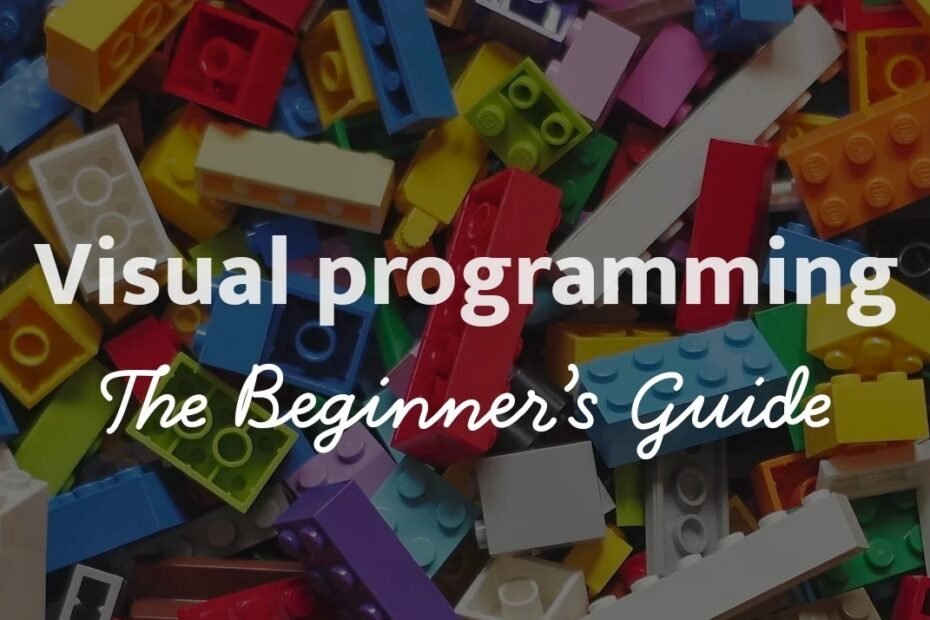Overview of Visual Design
Visual design is about creating visually appealing and easy-to-understand content. It combines color, typography, imagery, and layout to convey messages effectively. As a key aspect of digital design, it balances aesthetics with functionality, ensuring websites, apps, and advertisements are both engaging and user-friendly. The goal is to make content attractive while enhancing the user experience. Visual design plays a vital role in capturing attention and guiding users through information seamlessly. Whether it’s for websites, apps, or posters, well-executed visual design helps deliver clear messages and makes interactions enjoyable and intuitive.
Visual design focuses on making a product or service both visually appealing and easy to use. It blends elements of user interface (UI) design with graphic design to create a seamless experience. Visual design plays a crucial role in how the end-user interacts with a product, as it directly impacts usability. Simplifying how a product is used saves time and reduces the learning curve, minimizing the risk of misuse. As a result, users can fully benefit from the product. Visual design hinges on two key factors: aesthetics and functionality, ensuring a practical and enjoyable user experience.
Practical Applications of Visual Design
Enrolling in a Visual Design Course can boost your career by providing vital skills in design fundamentals, user experience, and branding, helping you stand out in the competitive creative field. Here are some examples of effective visual design:
- Website Design: Sites like Apple feature clean, user-friendly layouts that use consistent colors, typography, and imagery to reflect the brand’s sleek identity. These design choices ensure a cohesive experience that aligns with the brand’s overall image.
- Mobile App UI: Instagram’s app offers an intuitive, visually appealing interface. It uses simple navigation, recognizable icons, and cohesive colors to enhance usability and improve user satisfaction.
- Digital Ads and Banners: Google’s ads stand out with bold visuals and minimal text, delivering key messages quickly. Clear calls to action, like “Shop Now” or “Learn More,” are strategically placed to drive user engagement.
- Infographics: HubSpot often uses infographics to simplify complex data. With icons, illustrations, and a clear structure, these designs make information more accessible and easy to understand.
- Social Media Graphics: Nike’s social media posts, especially on platforms like Instagram, maintain strong brand identity. They use engaging, eye-catching visuals to capture attention while staying true to the brand’s style.
These examples highlight how effective visual design enhances communication, reinforces brand identity, and improves user interaction.
Why Build Expertise in Visual Design?
Visual design is essential in crafting visually appealing and functional digital experiences. By mastering the use of layout, color, and typography, designers can communicate messages effectively and ensure brand consistency across platforms such as websites, apps, and ads. The careful placement of these elements enhances the user interface, making it more engaging and interactive. However, misusing them can lead to an unauthentic or cluttered design.
Mastering these skills takes time, but the rewards are substantial. A well-executed visual design not only improves your website’s overall appeal but can also positively impact search engine rankings. More importantly, understanding and applying visual design principles has a significant influence on how users perceive and interact with your content.
Career Opportunities in Visual Design
A career in visual design offers a vast range of roles, each with distinct responsibilities and ample growth opportunities. Whether you’re just entering the field or aiming for more senior positions, visual design skills are in high demand across many industries. Below are some of the critical roles in the industry:
Head of Product Design
The Head of Product Design leads the development of product design strategies, focusing on creating smooth user experiences. This position requires a deep understanding of user needs and product functionality and collaboration with engineers and product managers. Innovation and strategic thinking are central to this role.
Lead Graphic Designer
As a Lead Graphic Designer, you oversee the development of visual content across various media, including everything from digital advertising to print and branding materials. Consistency in a visual language is critical, and the role often involves managing a creative team to drive the design direction for campaigns.
2D Animation (Motion Graphics)
Motion graphic designers create animated content for ads, websites, and social media. Combining visual design with storytelling is essential in this role. 2D animators craft engaging and dynamic videos that grab attention and convey messages effectively.
Director of Design
A Director of Design oversees the entire design strategy within a company. They work closely with senior leadership to ensure that all design projects align with business goals. The focus is on maintaining a strong visual identity across products and platforms.
Senior Interaction Designer
Senior Interaction Designers ensure that users interact with a product smoothly. They collaborate with teams to create intuitive user flows, refining the functionality and experience through thoughtful design choices.
Senior UI Designer
Senior UI Designers are responsible for creating visually engaging user interfaces. Their work focuses on crafting cohesive, user-friendly designs that are both aesthetically pleasing and functional.
Senior Visual Designer
Senior Visual Designers define a project’s overall visual direction. They use their expertise in typography, color theory, and layout to deliver designs that enhance brand identity and user engagement.
Summary
A UI UX Course offers the perfect opportunity to deepen your knowledge of visual design and user experience. By taking this course, you will develop the skills necessary to create engaging, intuitive, and visually consistent designs that captivate users. Whether you’re starting your journey or seeking to advance your career, this course will equip you with the expertise to excel in the competitive world of digital design. From enhancing your designs to elevating user interactions, the course ensures you’re well-prepared to create meaningful digital experiences.
Take advantage of this opportunity to build a strong foundation in visual design and UI/UX principles, opening doors to a thriving career in the digital design industry.
